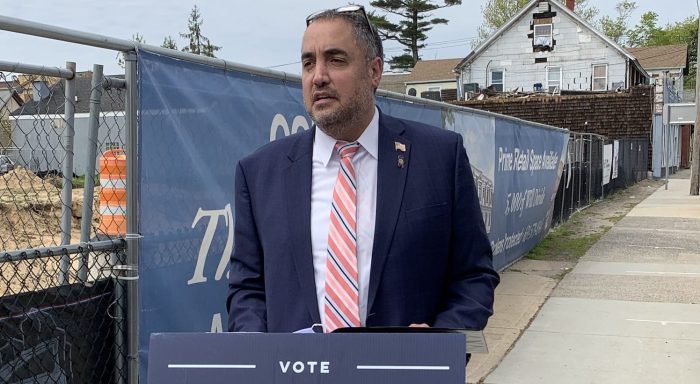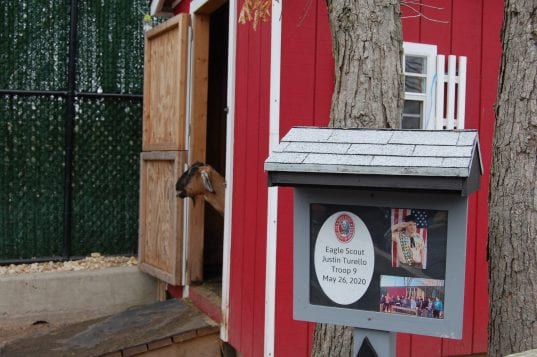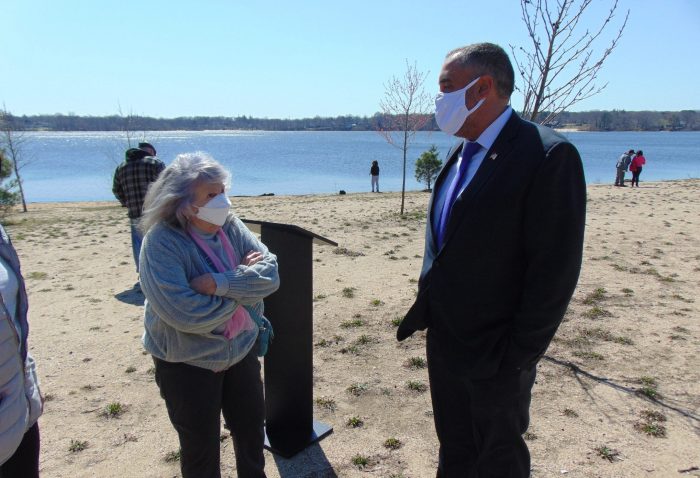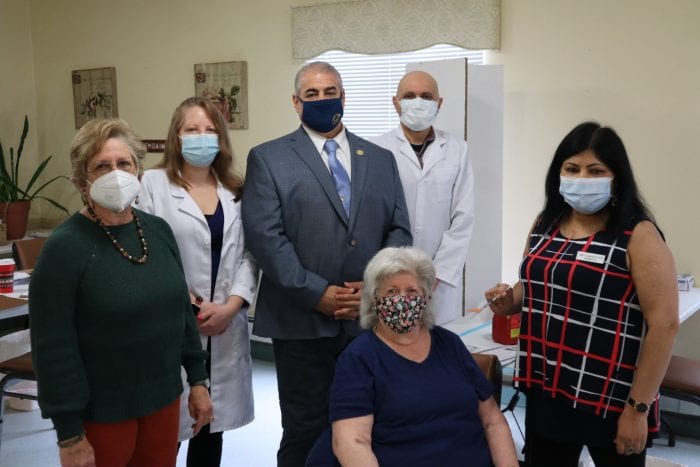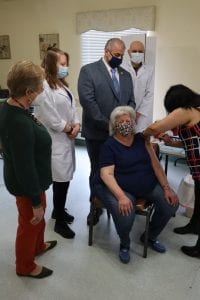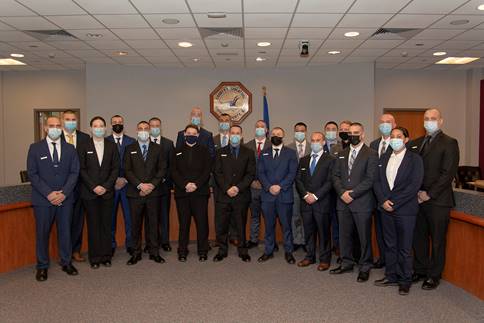By Nancy Marr
How many plastics do you use each day — cups, straws, food containers, water bottles, toys, shoes? How many of them could you live without? How have we become so dependent on plastics – most of which we use once and then discard?
Beginning after World War II, the invention of items like plexiglass, impressive because of its durability, started the growth of the plastics industry. More recently, with the fossil fuel industry facing cutbacks, and with fracking reducing the price of natural gas, fossil fuel companies in the United States found they could make products from their waste, making it into things people could use. Since the 1960s, plastic production has increased by approximately 8.7% annually, evolving into a $600 billion global industry. Fossil fuel companies supported building more pipelines to make more plastic products.
Recycling was regarded as the way to dispose of the plastics, turning them into new products. In 1975, producers lobbied the United States government for more recycling programs. But recycling has not been a solution. Now, 400 million tons have accumulated over the world, most of it created within the last 15 years in the United States. Plastics degrade when they are recycled; the World Economic Forum estimates that only 2% has been effectively recycled to create new products. Burning the plastic waste to melt it releases toxic compounds and carbon.
The public has become aware of the problems created by plastic waste. Efforts to clean the oceans where the waste has accumulated have revealed micro and nanoplastic pellets and beads, which we are also finding in cosmetics. Other countries are responding to the problem of the waste piled on their shorefronts and waterways.
Current estimates find that oceans have 60% fish but 40% plastics. China, which received and recycled much of the plastic waste we shipped to them until 2013, passed a law refusing all shipments of waste from the United States.
Additionally, when plastics are exposed to natural forces like sunlight and wave action, plastics will degrade into microplastics. Over time, plastic particles contaminate the marine ecosystem and the food chain, including foodstuffs intended for human consumption. In vivo studies have demonstrated that nanoplastics can translocate to all organs, affecting human health.
Plastic producers say the plastics are OK, people need them; it is what the consumer does after their use that is the problem, leaving the problem to us. Local efforts to reduce the use of plastics have had some success – cutting back on the use of plastic water bottles, for instance. But the public believes they need them, encouraged by advertising and publicity from water bottle manufacturers like the Ohio manufacturer Fiji who convincingly tells consumers that their water is safer than the public water supply.
Environmentalists have realized that change needs to start with the manufacturers, not the consumer. Freeing the oceans from the deposits of plastics and creating plastics that are compostable or biodegradable will take strong citizen action. According to The Daily Planet, “we are seeing that public demands are clear, and they want plastic waste to be addressed.”
We need to ask the Federal Government to stop giving rebates to fossil fuel companies. The Center for Biological Diversity has petitioned the U. S. Environmental Protection Agency to regulate plastics as a pollutant under the Clean Water Act and will keep pushing for plastic pollution to be treated as the hazardous waste that it is. On a federal level, the Break Free from Plastics Act that was re-introduced recently includes a strengthened EPR policy that holds plastic producing companies accountable for their waste. It also would implement a three-year pause on issuing permits for new plastic production facilities.
In New York State the Extended Producer Responsibility bill (S1185), co-sponsored by Assemblyman Steve Englebright and Senator Todd Kaminsky, will be addressed in the Senate most likely in June. It would require producers and manufacturers to finance the disposal of their packaging materials and plastics, with incentives for finding ways of making recycling easier. The American Chemistry Council, which represents plastic producers, would put the onus on consumers to pay taxes on plastic to pay for recycling.
Although recycling will not make the plastics go away, we should all do what we can to reduce our personal use of plastics. Contact the legislators who have written the EPR bills, Senator Kaminsky ([email protected]) and Assemblyman Englebright ([email protected]) and your own state legislators, to tell them you support the EPR bill and reusable packaging to reduce the use of plastics.
Nancy Marr is first vice-president of the League of Women Voters of Suffolk County, a nonprofit, nonpartisan organization that encourages the informed and active participation of citizens in government and influences public policy through education and advocacy. For more information, visit https://my.lwv.org/new-york/suffolk-county or call 631-862-6860.





